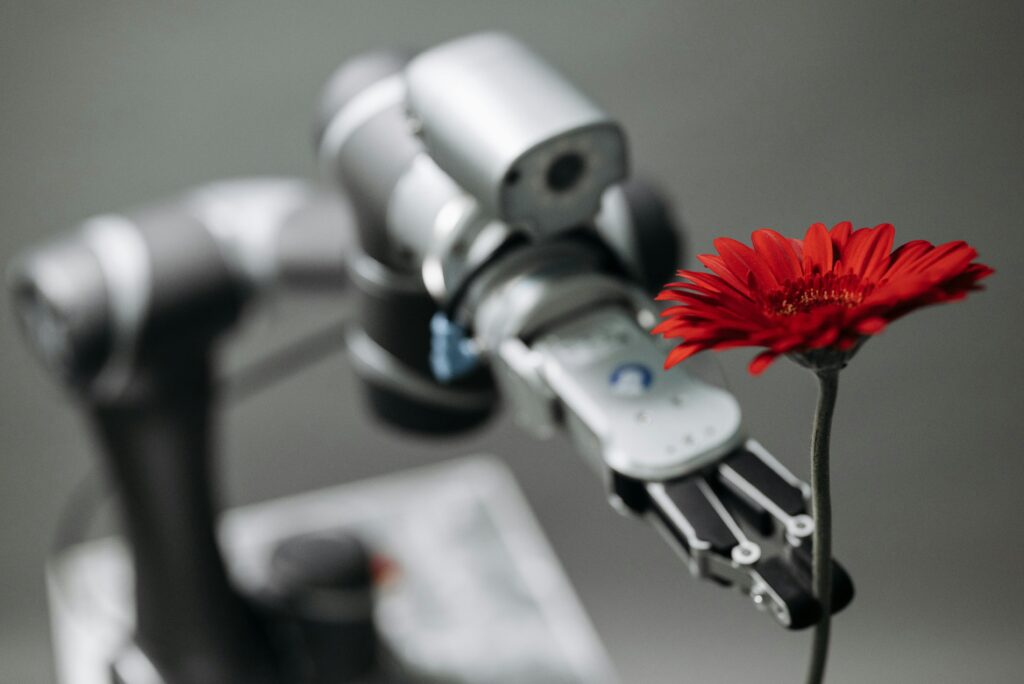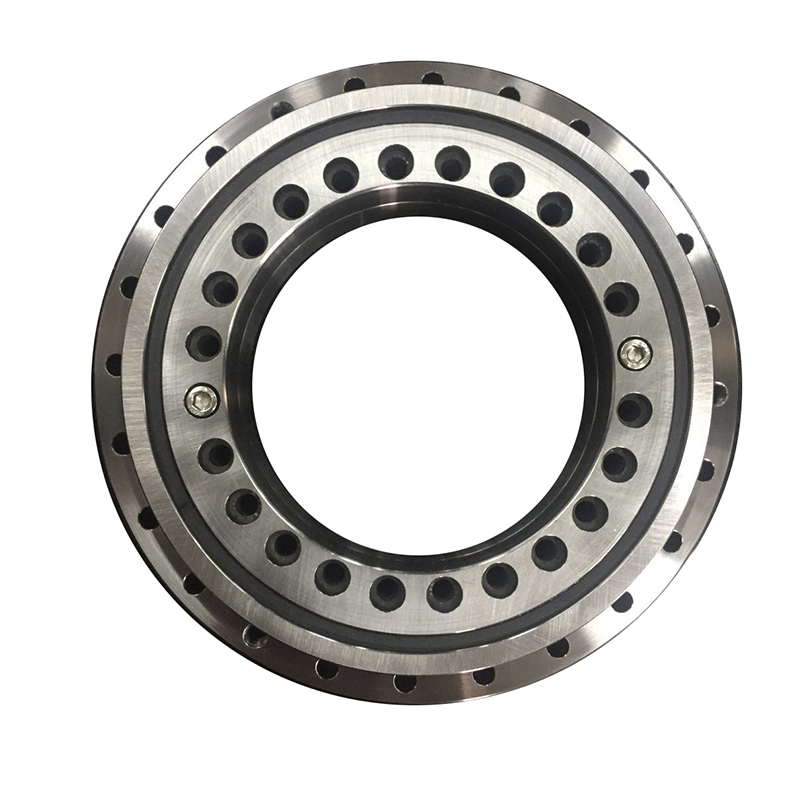Introduction
In the fast-evolving world of industrial automation, precision and reliability are non-negotiable. At the heart of high-performance robotic systems lies a critical component: miniature crossed roller bearings. These compact yet robust bearings play a pivotal role in ensuring smooth, accurate, and repeatable motion—key to applications like robotic arms, CNC machinery, and semiconductor equipment.
This article explores how crossed roller bearings contribute to robotic precision, their advantages over traditional bearings, and why they are the preferred choice for next-gen automation.
Why Crossed Roller Bearings Are Ideal for Industrial Robots
1. Ultra-High Precision (±0.001mm or Better)
-
Crossed roller bearings feature a 90° crossed-roller arrangement, minimizing radial and axial play.
-
Ideal for articulated robot joints where even micron-level deviations can impact performance.
2. Compact Design, High Load Capacity
-
Their slim profile saves space in robotic arms while handling combined loads (radial + axial) efficiently.
-
Compared to traditional ball bearings, they offer higher rigidity, reducing deflection under heavy loads.
3. Smooth, Low-Friction Rotation
-
Precision-ground rollers and raceways ensure near-zero backlash, critical for repeatable movements in pick-and-place or welding robots.
-
Low friction extends service life, reducing maintenance downtime.
4. Durability in Demanding Environments
-
Made from high-grade steel or ceramic, they withstand high speeds, extreme temperatures, and corrosive conditions common in automotive or aerospace robotics.
Key Applications in Robotics
-
Robot Joints (6-axis arms, SCARA robots) – Ensuring smooth articulation.
-
Rotary Tables (Machine Tools, Inspection Systems) – Enabling sub-arc-minute accuracy.
-
Medical & Semiconductor Robots – Where contamination-free operation is critical.
Case Study: Robotics Boosts Accuracy by 30%
A leading automation manufacturer integrated our crossed roller bearings into their 6-axis robotic arm, achieving:
✔ 30% improvement in positional repeatability (±0.002mm).
✔ 20% longer lifespan compared to conventional bearings.
✔ Reduced vibration in high-speed operations.
Future Trends: Crossed Roller Bearings in Smart Factories
As Industry 4.0 advances, demand grows for:
-
IoT-enabled bearings with embedded sensors for predictive maintenance.
-
Lighter materials (e.g., hybrid ceramics) for collaborative robots (cobots).
Conclusion
Miniature crossed roller bearings are the unsung heroes of robotic precision, enabling faster, more accurate, and reliable automation. For engineers designing the next generation of industrial robots, selecting the right bearing is not just a detail—it’s a competitive advantage.






